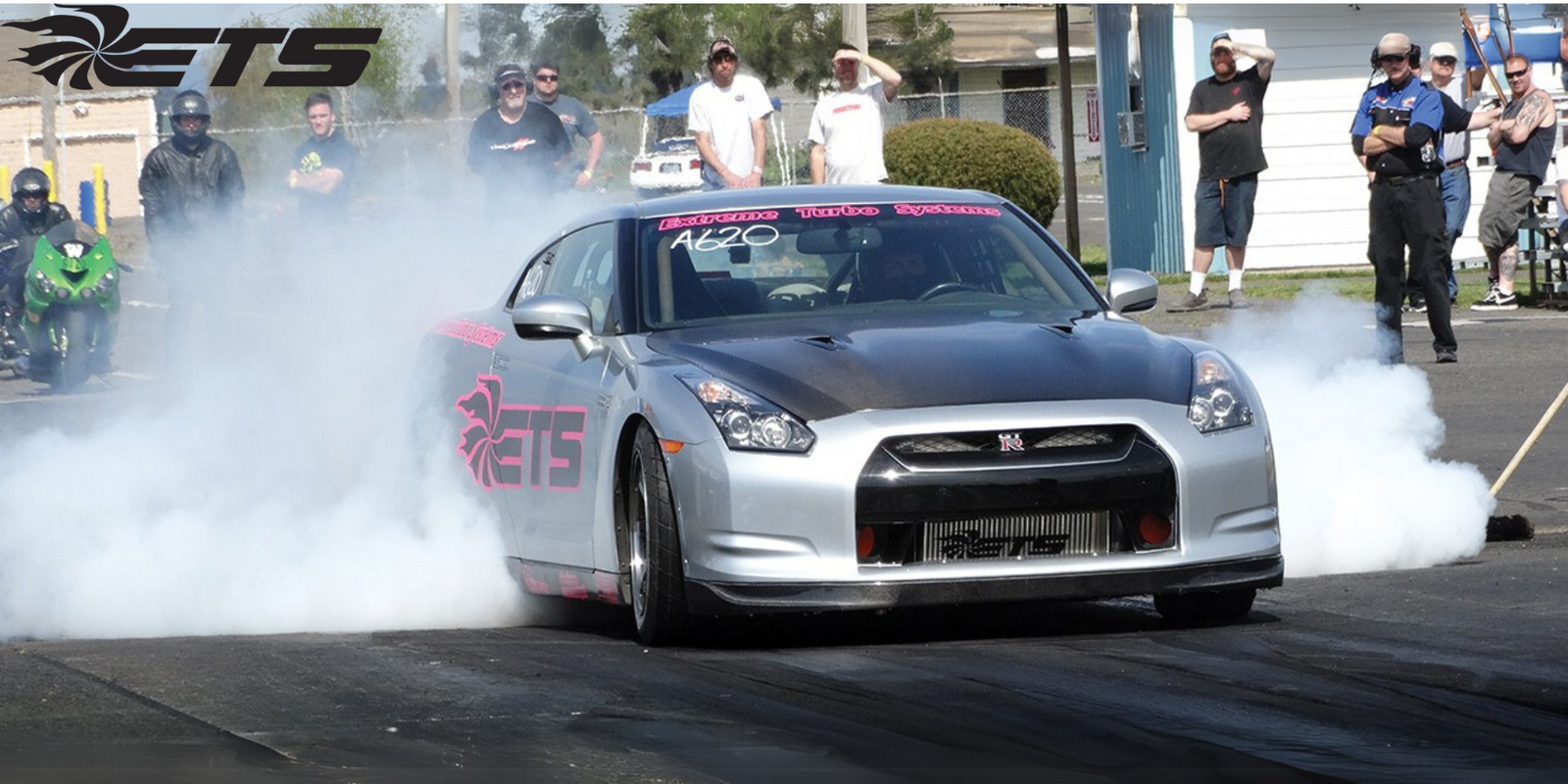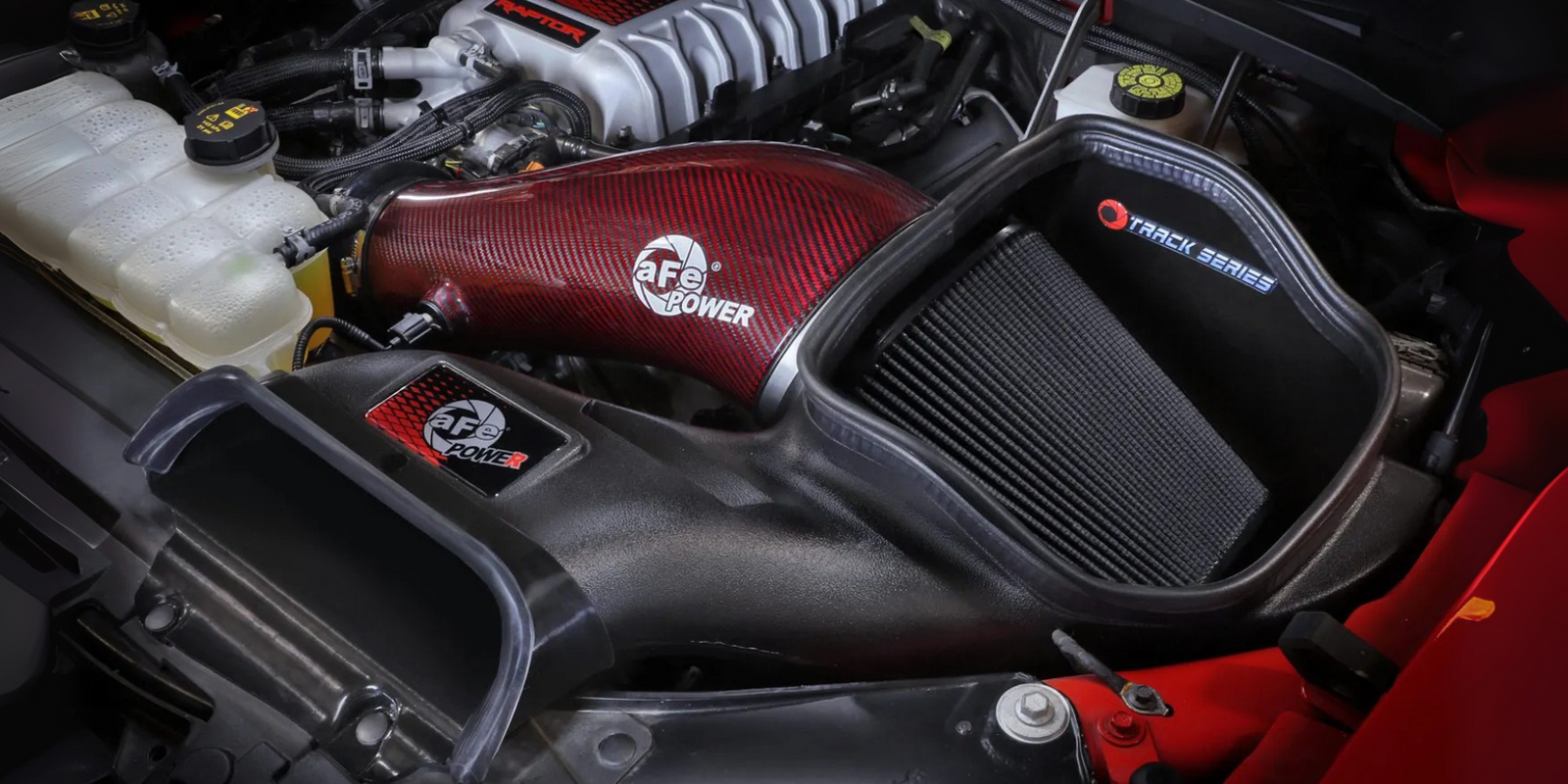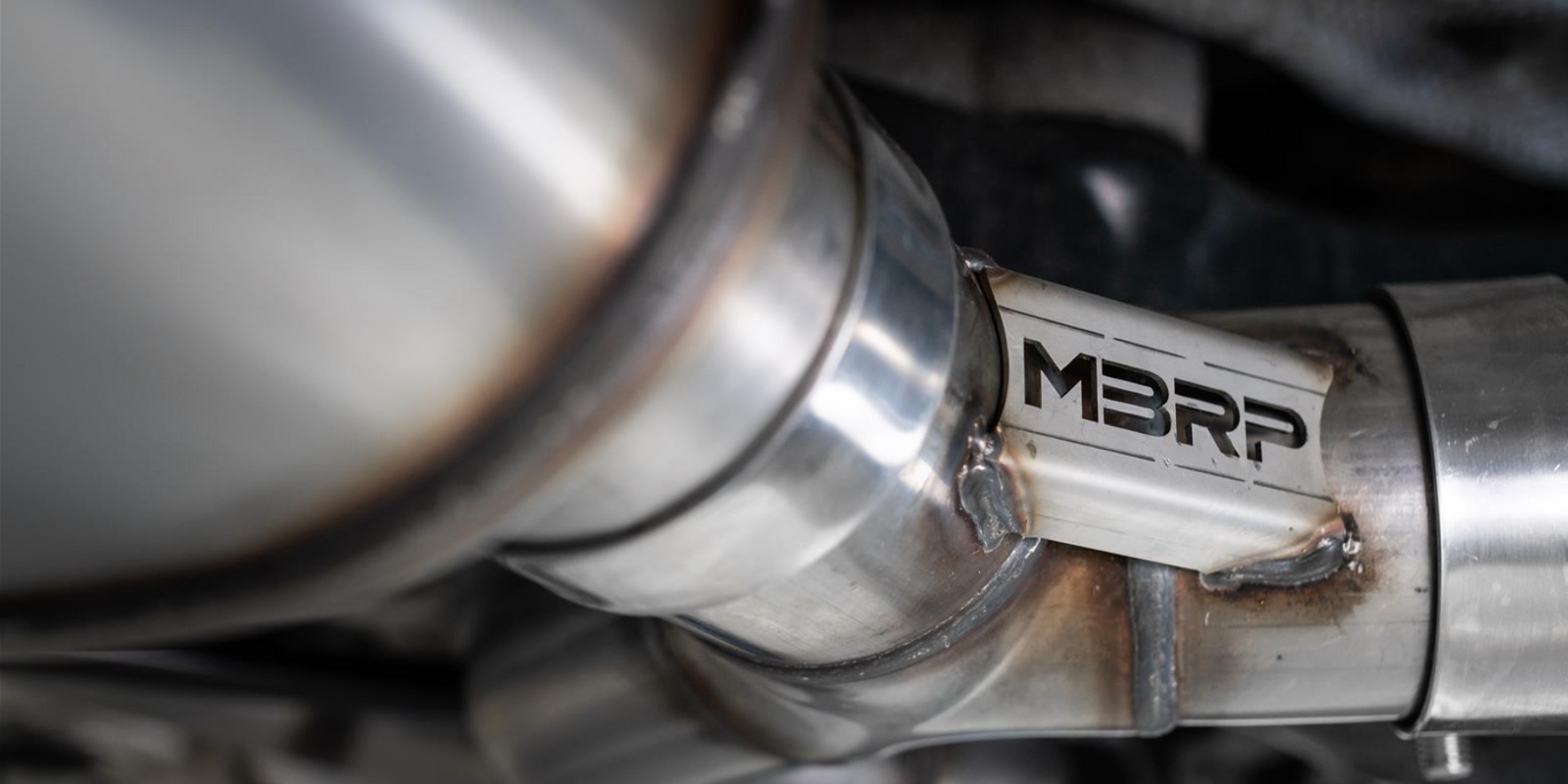Introduction:
When it comes to high-performance driving, powerful brakes are just as important as a powerful engine. Upgrading your brake system can provide shorter stopping distances, better heat dissipation, and more consistent performance under demanding conditions. In this blog post, we'll delve deeper into various brake upgrade options, exploring their pros and cons to help you make an informed decision.
Performance Brake Pads
Pros:
- Improved stopping power: Performance brake pads offer increased friction, resulting in better stopping capabilities.
- Increased heat resistance: These pads are designed to withstand higher temperatures without fading, ensuring consistent performance during spirited driving.
- Better modulation: Performance brake pads often provide a more linear and predictable brake feel.
Cons:
- Increased brake dust: Some performance brake pads may produce more brake dust, which can lead to dirtier wheels and require more frequent cleaning.
- Noise: Some high-performance brake pad materials can create more noise, resulting in squeaking or squealing during braking.
- Shorter pad life: Performance brake pads may wear out faster than stock pads due to their aggressive friction materials.
High-Performance Brake Rotors
Pros:
- Enhanced heat dissipation: Slotted, drilled, or vented rotors improve heat dissipation, reducing brake fade and maintaining optimal performance.
- Reduced pad glazing: The design of performance rotors can prevent brake pad glazing, ensuring consistent braking power.
- Improved wet weather performance: Drilled and slotted rotors help clear water from the brake surface, enhancing stopping performance in wet conditions.
Cons:
- Potential for cracking: Drilled rotors, in particular, can be more susceptible to cracking under extreme heat and stress.
- Faster pad wear: The aggressive design of some performance rotors may cause accelerated wear on brake pads.
- Cost: High-performance rotors can be more expensive than their stock counterparts.
Stainless Steel Brake Lines
Pros:
- Firmer pedal feel: Stainless steel brake lines provide a more consistent and responsive brake pedal feel by minimizing expansion under pressure.
- Increased durability: These lines are more resistant to wear, corrosion, and damage compared to rubber lines.
-
Improved aesthetics: Stainless steel brake lines can give your brake system a high-performance appearance.
Cons:
- Cost: Stainless steel brake lines can be more expensive than rubber brake lines.
- Installation complexity: Installing stainless steel brake lines can be more time-consuming and challenging than replacing stock lines.
Performance Brake Calipers
Pros:
- Increased clamping force: Multi-piston calipers provide greater clamping force, resulting in improved stopping power.
- Enhanced heat management: Performance calipers often have improved cooling designs to handle high heat loads.
- Weight reduction: Some high-performance calipers are made from lightweight materials, reducing unsprung weight and improving handling.
Cons:
- Cost: Performance brake calipers can be significantly more expensive than stock calipers.
- Compatibility: Upgraded calipers may require larger or specific brake rotors, increasing the overall cost and complexity of the upgrade.
- Aesthetic fitment: Larger calipers may necessitate larger wheels for proper clearance.
Brake Cooling Ducts
Pros:
- Better temperature management: Brake cooling ducts help maintain optimal operating temperatures, reducing brake fade and improving performance.
- Longer component life: By keeping temperatures under control, brake cooling ducts can extend the lifespan of brake pads, rotors, and calipers.
Cons:
- Installation complexity: Installing brake cooling ducts may require modifications to your vehicle's bodywork or undercarriage.
- Potential for debris: Brake cooling ducts can collect debris from the road or track, which may require periodic cleaning to maintain optimal airflow.
High-Performance Brake Fluid
Pros:
- Higher boiling point: High-performance brake fluid has a higher boiling point, reducing the risk of brake fade due to fluid vaporization during extreme conditions.
- Consistent performance: By maintaining its performance characteristics under high temperatures, high-performance brake fluid ensures consistent braking power during spirited driving.
Cons:
- Cost: High-performance brake fluid can be more expensive than conventional brake fluid.
- Maintenance: Due to its hygroscopic nature, high-performance brake fluid may require more frequent changes to maintain optimal performance.
Conclusion:
Investing in brake upgrades can drastically improve your high-performance vehicle's stopping power and overall safety. Each brake component upgrade option offers its own set of advantages and drawbacks. By weighing the pros and cons of each option, you can determine the best combination of brake pads, rotors, calipers, and other components for your specific needs and driving conditions. Always consult with a qualified mechanic or brake specialist to ensure proper installation and compatibility with your specific make and model. Happy braking!






